An exhibition about the Subject of the Artist School seems like it would be a rather straightforward task: display some advertisements or invitations that were used to promote the evening lectures, include some edited lecture notes compiled by the founding members and guest speakers, and choose some photographs that show the attendees. However, after combing through the archives of New York City’s art museums that own works by the schools founders — David Hare, William Baziotes, Robert Motherwell, Mark Rothko and Barnett Newman — and after looking through the papers compiled by these artist’s estates, there is a possibility no physical materials were ever produced during the year of 1948-1949 when the school was in operation. Or, if physical materials were produced, they no longer exist. Very few materials documenting Studio 35 (what the Subject of the Artist School was renamed when New York University acquired the 35 West 8th Street space in 1949) remain. An invitation to one of Studio 35’s lectures is housed in the Louise Bourgeois Archive, while the Dedalus Foundation has a few photographs taken by Aaron Siskind and Max Yavno, photographers who happened to capture the discussions of the school while trying to document the downtown arts scene more generally. A discussion between Julia Link Haifley and artist Grace Hartigan in 2008, which was later transcribed for the Archives of American Art, at least reveals a few details about the otherwise mysterious Studio 35, including the fact members had to be voted in to the school in order to enjoy the conversations and cheap steak dinners hosted on Friday nights. This likely means no advertisements were ever produced for Studio 35 since members and attendees likely heard about the lectures through word of mouth, when they attended a gallery show or frequented a local hangout like Cedar Bar Tavern. Furthermore, the school was discussion-based. They were not a studio school that produced work nor an exhibition space that would have had a greater chance of being documented.
The transition of the Subject of the Artist School to Studio 35 is one worthy of scholarly research not only due to the well-known names attached to the venture, but also because the school was founded at a pivotal moment in history when the art capital shifted from Paris to New York after World War II. The founders were among a collective of artists who learned from the stylistic traditions of the expatriates who relocated to New York after the war but were determined to push the medium of painting forward into new territory. The art produced by these artists transitioned from work rooted in Surrealism to new work that would later become recognized as Abstract expressionism. Although the doors of the Subject of the Artist School and Studio 35 did not remain open for long, the conversations that occurred likely influenced the signature styles of the founders and the rise of one of the most important American art movements.

Barnett Newman’s Concord, 1948, which displays the artist’s signature vertical “zips.” Courtesy of the Metropolitan Museum of Art.
The challenge becomes how to document the school’s part in this crucial moment in American history when there are few resources to work with. Even when art historians organize exhibitions about performance art, conceptual art, land art or art work that has deteriorated due to the unconventional materials from which it was originally constructed, these professionals often have documentation to display. In the case of my project, I have a few poor photographs and some oral histories, footnotes, invitations and wrinkled letters that mention the mere existence of the school. In order to produce an online exhibition that is both visually interesting and engaging for a general audience, I have had to rely on short gallery advertisements, excepts from experimental magazines like The Tiger’s Eye and VVV magazine, as well as images of artwork produced by the founders during this time period. For my exhibition I will also build my own visual tools, both maps and timelines, to make the context more manageable, especially since there are multiple founders showing at different galleries, producing different works and contributing to different publications simultaneously. As I continue my research in hope of filling a whole in the Greenwich Village Blog still lacking in entries from the 1940s and hope to fill a hole within the art historical literature, I am very much open to suggestions on how to find additional resources and how to go about the final display of my materials.
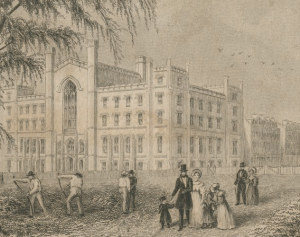
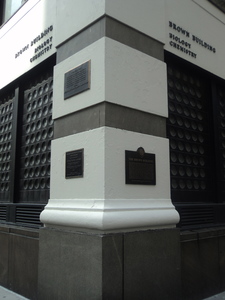

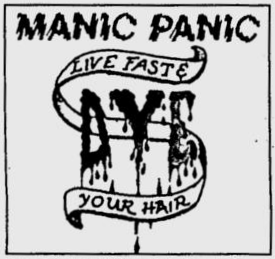

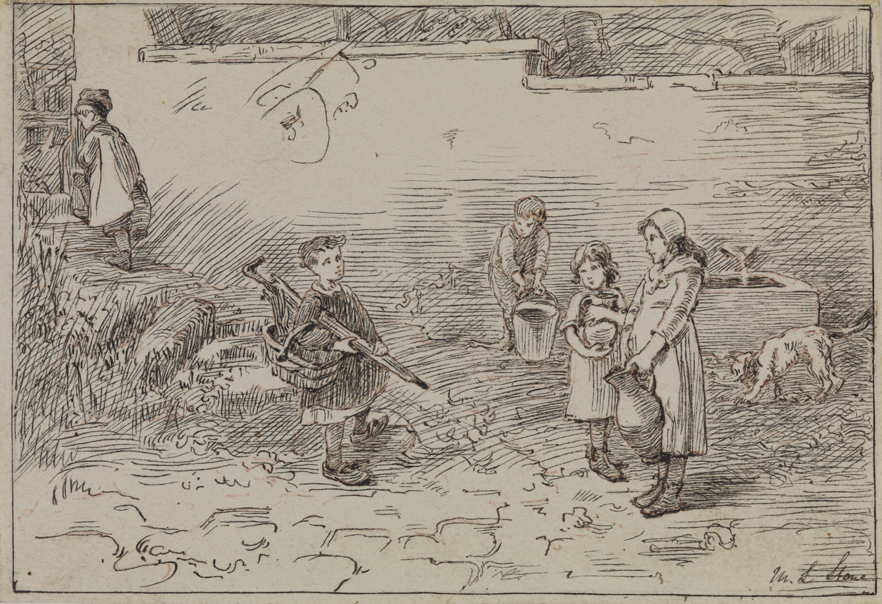




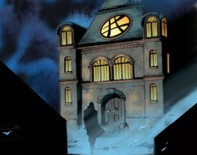
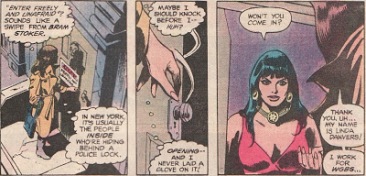
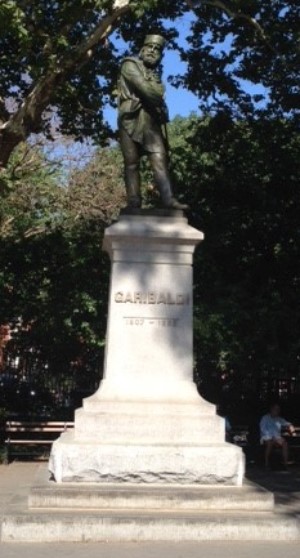




You must be logged in to post a comment.